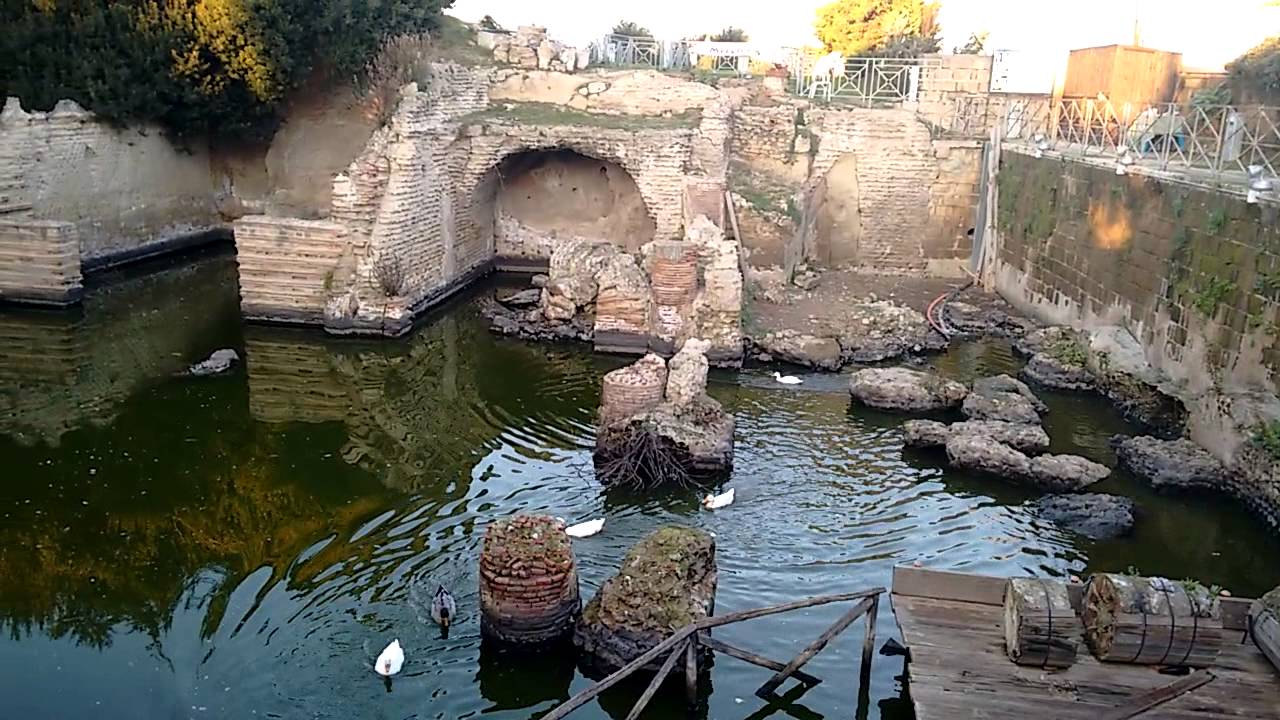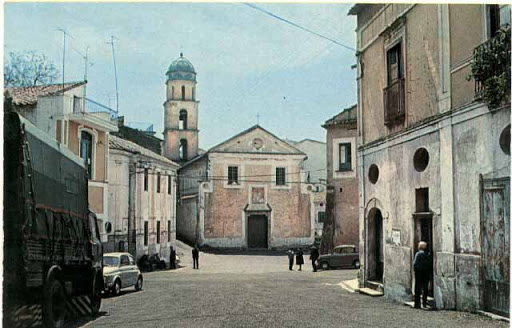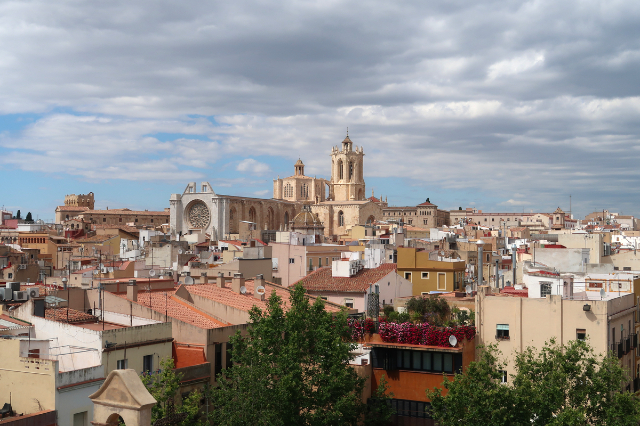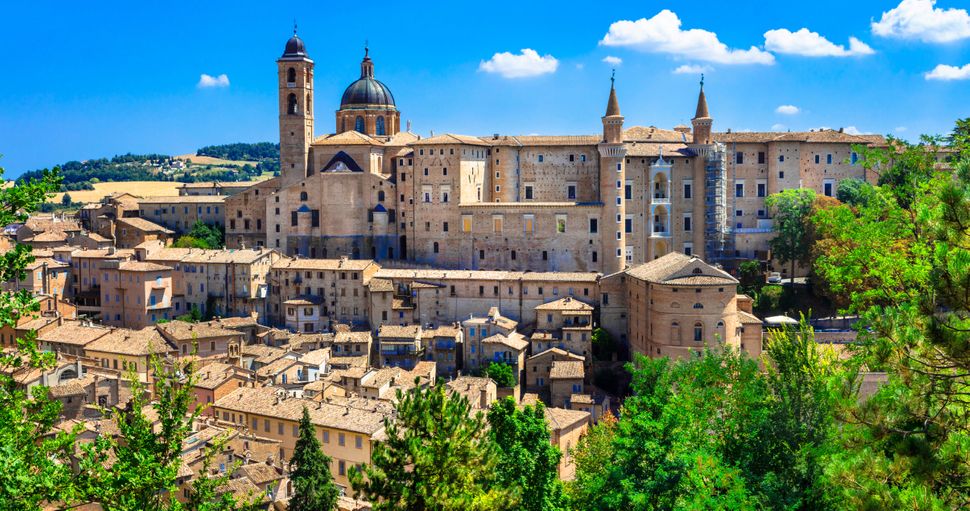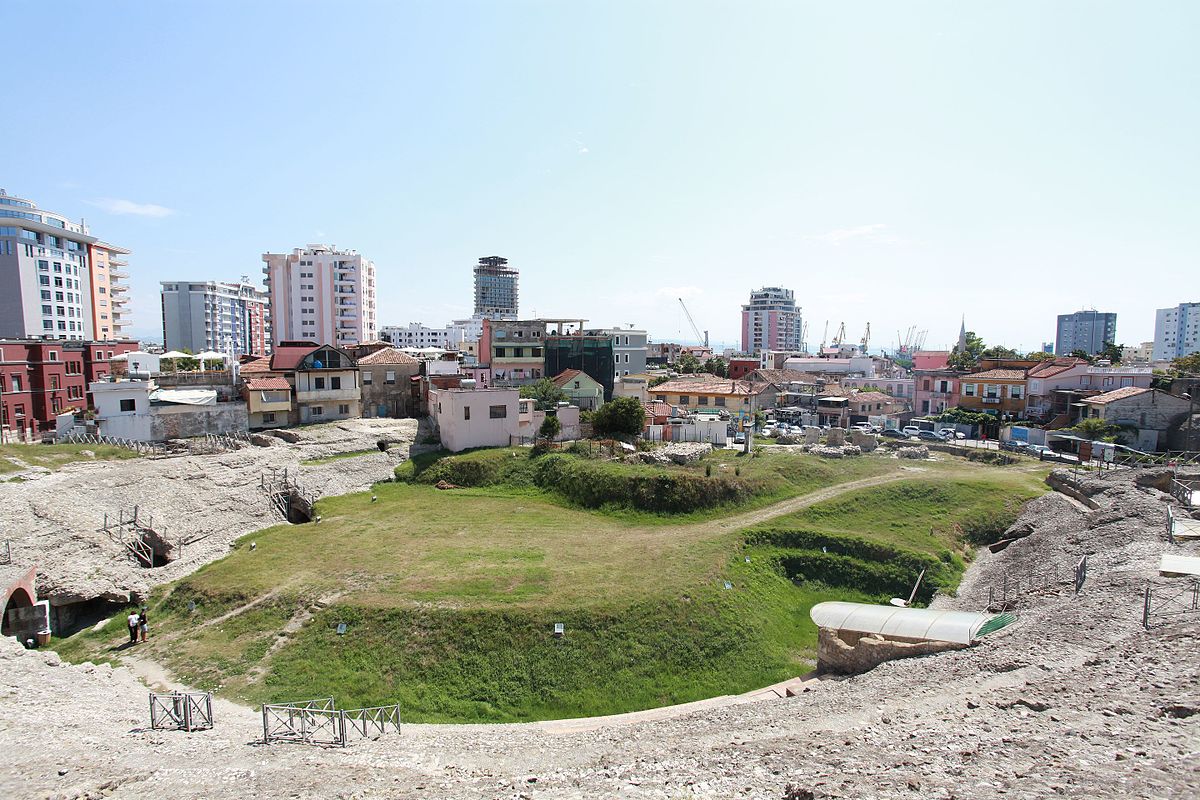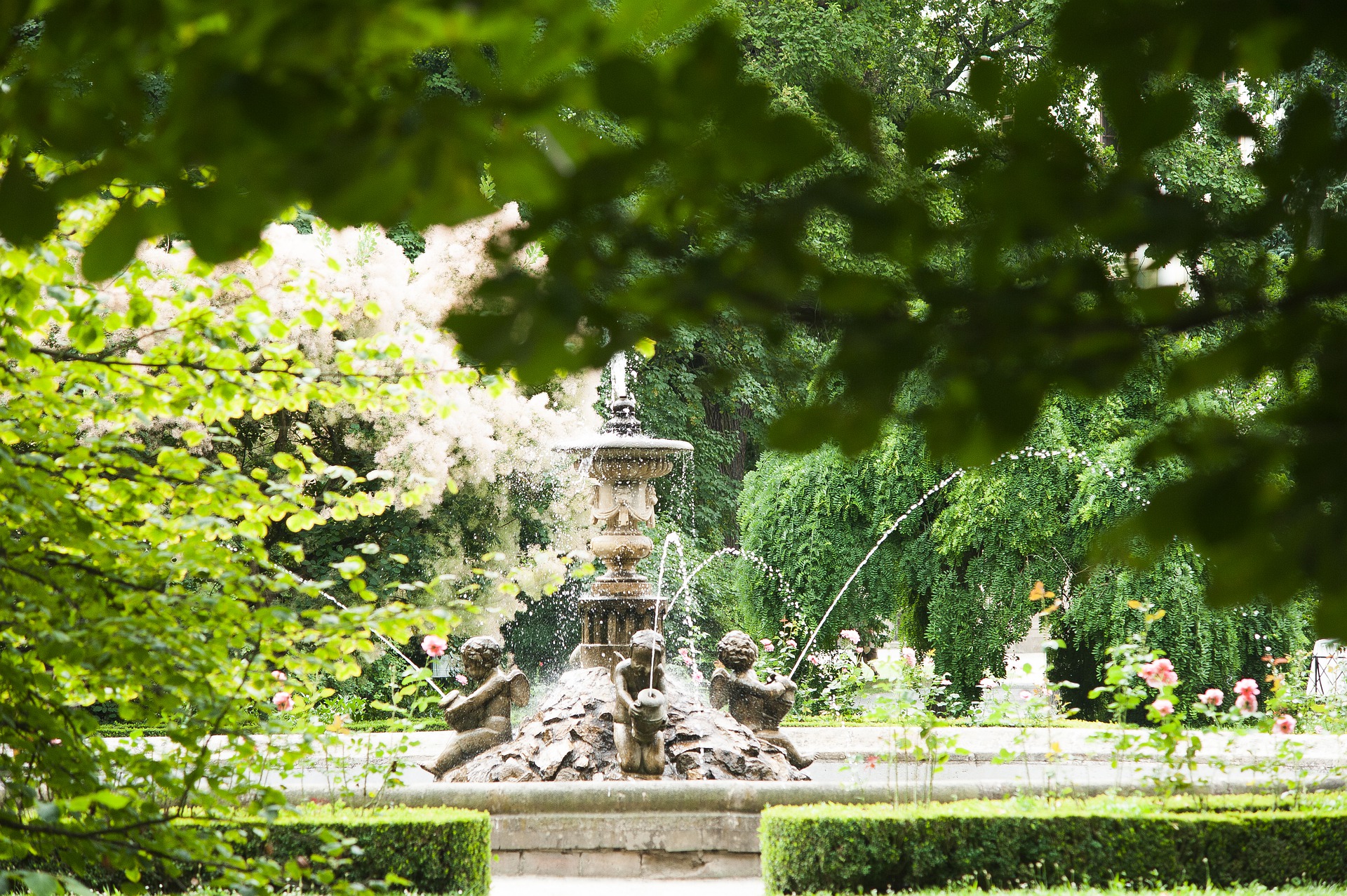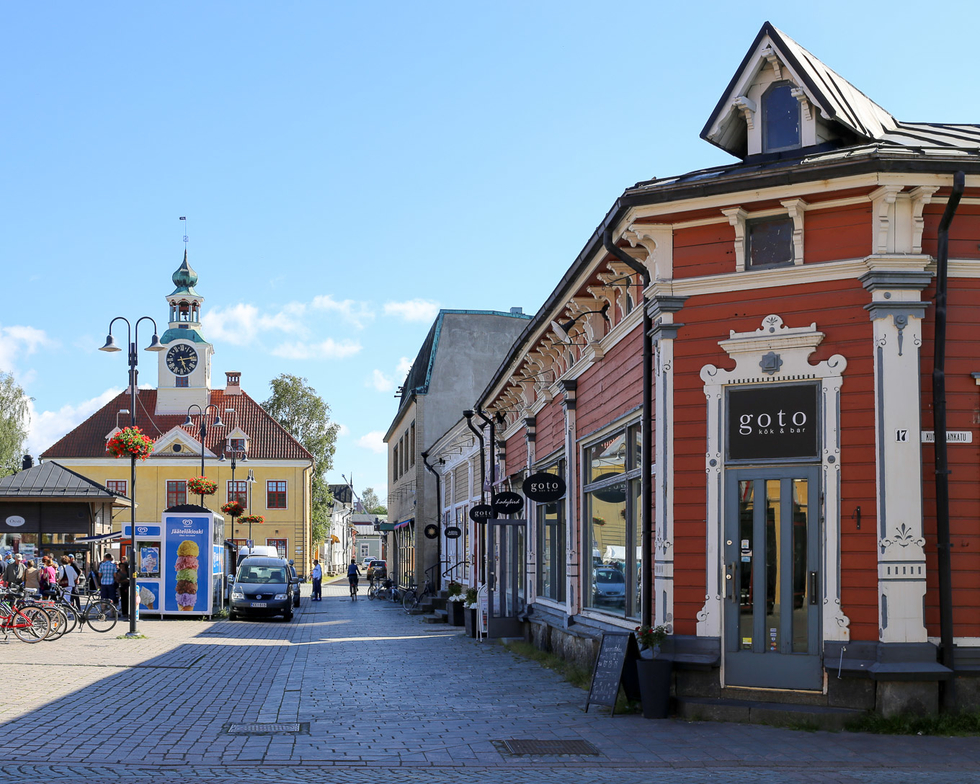The monumental complex, located a short distance from the theatre, built in the Julio-Claudian era and dedicated to the cult of the Emperor Augustus, in its present form dates back to the Antonine age (mid 2nd century A.D.), performed by Cassia Victoria in honour of her husband L. Laecanius Primitivus, Augustal priest of the time of Marcus Aurelius. However, the building was destroyed at the end of the 2nd century A.D. probably due to seismic events. At the time of its discovery in 1967, there were found statues of Vespasian, Nerva, Titus, of Abundance, and some deities including, Asclepius, Apollo and Venus, one of the type of the Little Herculaneum and another on dolphin, then removed and now exhibited in the special room dedicated to the monument inside the Archaeological Museum of the Phlegraean Fields.
Semi-submerged due to the effect of bradyseism, the sanctuary is composed of three adjoining rooms, partly built in masonry and partly obtained from rock, which forms the side and back walls.
The central building, the real sacellum, consists of a small podium temple with a rectangular plan in front of which the altar is situated. Through a marble staircase, flanked by two podiums of masonry, originally covered with marble slabs and surmounted by statues, you access the tetrastyle pronaos with onion columns with parchment-like capitals, above whose epistyle, bearing the dedicatory inscription, was the pediment decorated with reliefs. Beyond this vestibule, paved in mosaic with a carpet of white tesserae and black tesserae, and crossed the marble threshold, one enters the interior of the sacellum. This is built in opus reticulatum with tufelli clamps, while its walls were to be covered with marble slabs. On the back side, an apse with podium, flanked by two rectangular niches, is plastered and painted red on the upper part of the front, while in the basin there is a stucco decoration with marine reliefs. In the cocciopesto floor with white tesserae arranged to form squares there is a central band in polychrome marble that repeats the same geometric pattern. The room to the right of the sacellum, built in opus reticulatum, was decorated with stucco coatings and painted plaster on the walls and on the barrel and cross vault. In the one on the left instead was found the bronze equestrian statue of Nerva (originally Domitian) now in the Archaeological Museum of Campi Flegrei.
